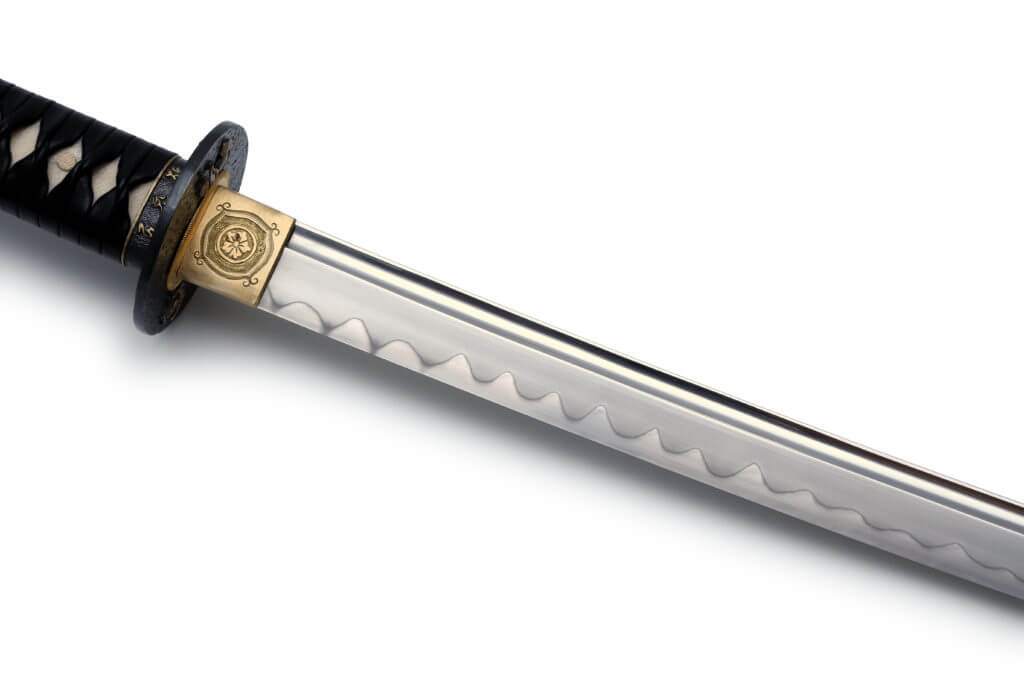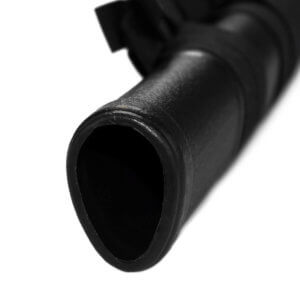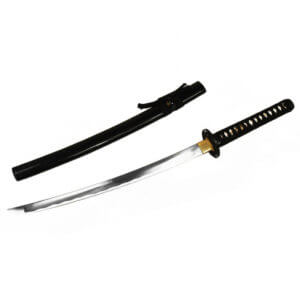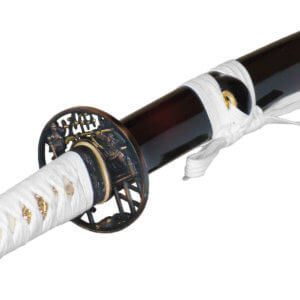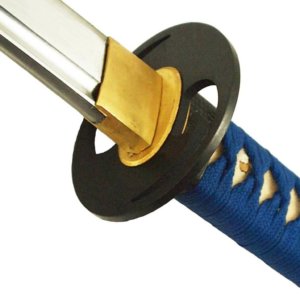The hamon is the hardening line on the blade of a samurai sword.
Every blacksmith has his own "signature" for the hamon, but generally popular styles have become established and are frequently used.
The hamon is an important, visible quality feature of a sword blade.
Since there are real and fake Hamon, we would like to explain the difference.
How is a real hamon created?
The hamon is created during the Differential hardening a blade.
A blade that has not yet hardened is coated with a mixture of clay, water, charcoal ash and finely ground whetstone. The cutting edge area is coated very thinly with the clay mixture, while the rest of the blade is coated thickly. For certain patterns, fine cross lines are applied.
The blade is then heated again in this clay jacket until it reaches a temperature of around 800ºC to 900ºC. It is then cooled down in shocks. Because the clay coating is thinner on the cutting side, this area cools faster than the rest of the blade. The inner structure of the previously heated metal changes with the sudden cooling. The rapid cooling on the cutting edge causes different components to collect there than on the rest of the body of the blade. Visually, it has the effect of forming a hamon on the blade, visually showing the transition between hard and soft material and thus also the transition of the different distribution of the components in the steel.
The hamon line is emphasised during further processing of the blade so that it comes into its own at the end.
The hamon can look different depending on the incidence of light.
Here are three examples of the same blade:
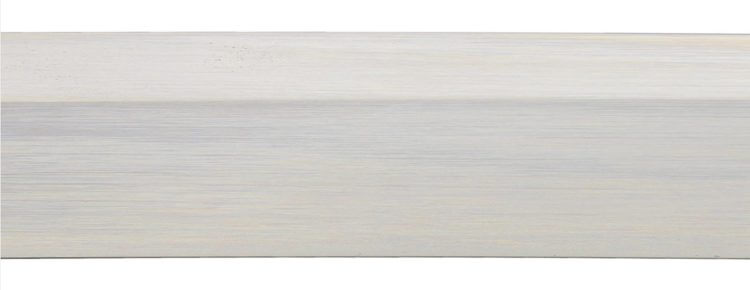
Here it is barely visible
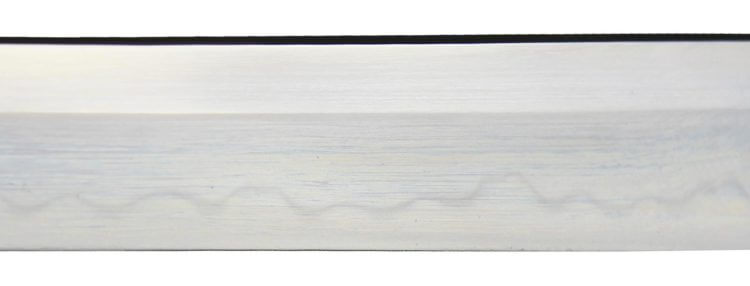
From this perspective, the Hamon
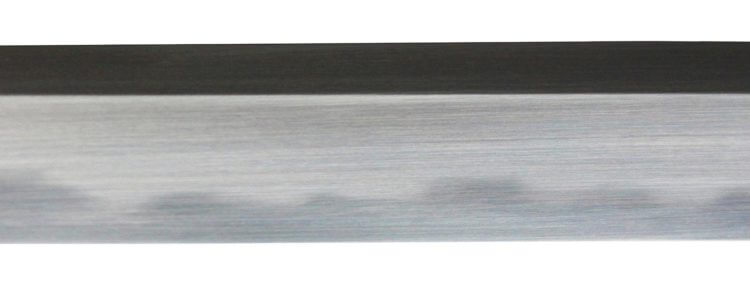
The same blade from a third perspective
The "fake" Hamon
An artificial hardening line is created by grinding, brushing or etching. A fake hamon is used to come as close as possible to the appearance of a differential-hardened blade using inexpensive means. These hamon are created by manipulating the surface of the blade and not its internal structure.
There are various methods to create a fake Hamon:

Blade with ground-in hamon
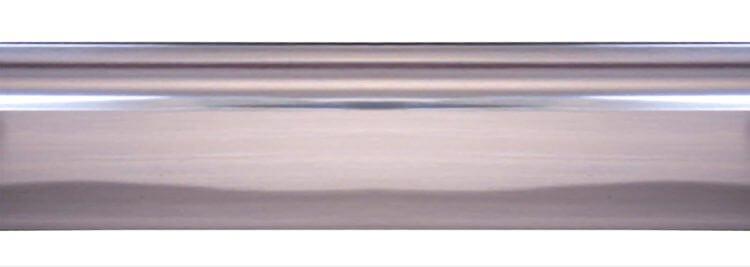
Blade with etched hamon
Typical patterns of the hardening line
The pattern of a genuine hamon depends on how exactly the blacksmith wants to design the blade. There are an infinite number of design variations. Here we present a few that are widespread or particularly spectacular:
Ito Suguha or Hoso Suguha
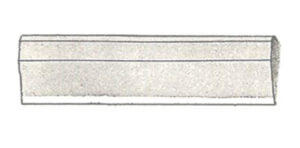
Narrow-straight
Chu Suguha
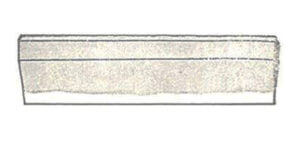
Medium-wide-straight
Hiro Suguha
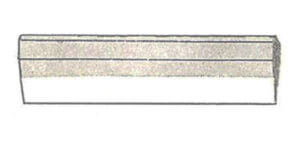
Wide-straight
Notaries
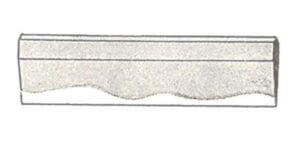
Big waves
Suguha Hotsure
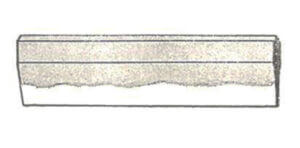
Straight, irregularly wavy
Gunome
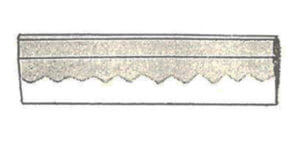
Regular zigzag
Gunome irregular
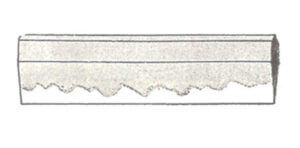
Irregular zigzag
Nokogiri Ba
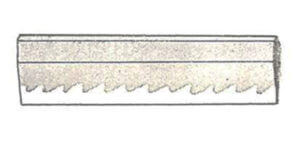
Sawtooth zigzag
Sanbon Sugi
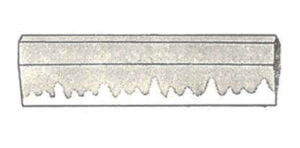
Three-cedar zigzag
Mimi Gata
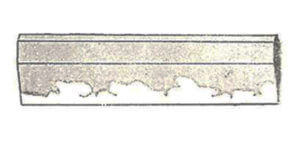
Ear-shaped
Yahazu
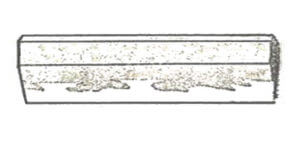
Swallowtail
Sudare Ba
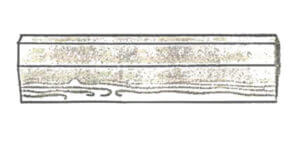
Bamboo strip curtain
Kiki Sui

Chrysanthemums and river
Source for hamon designs: "Das Samuraischwert", published by Ordonnanz-Verlag in 2004

